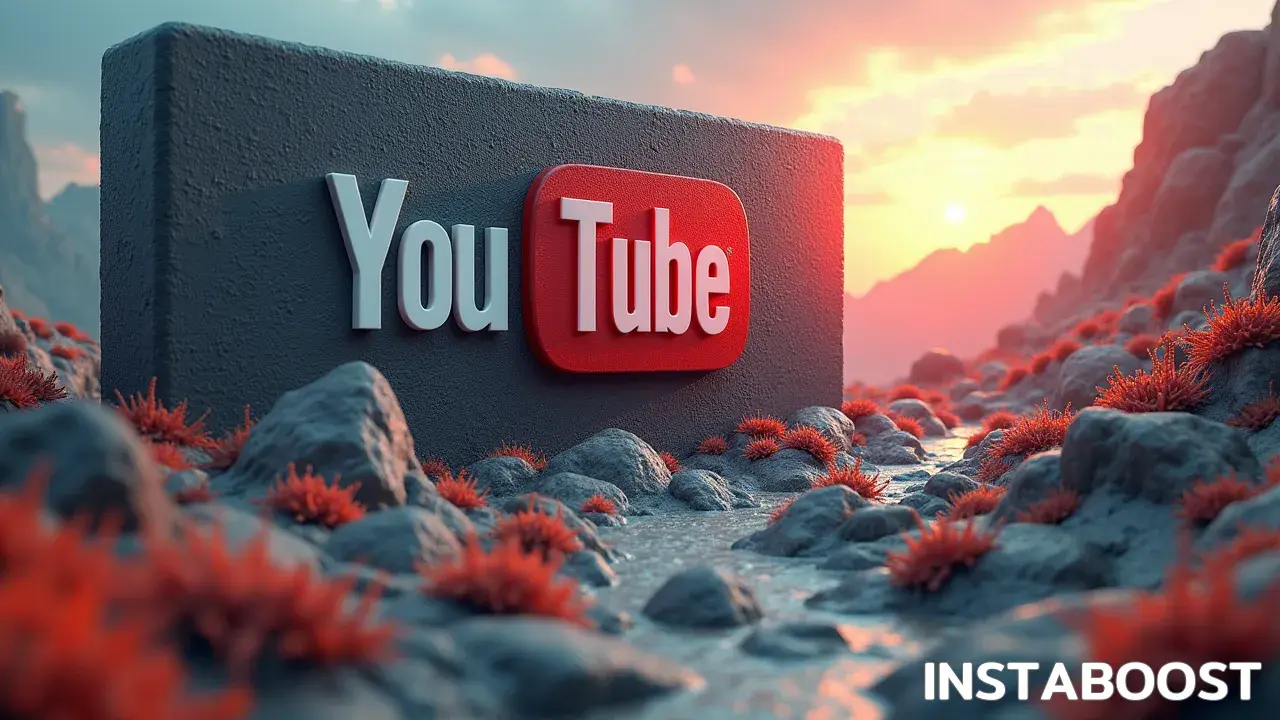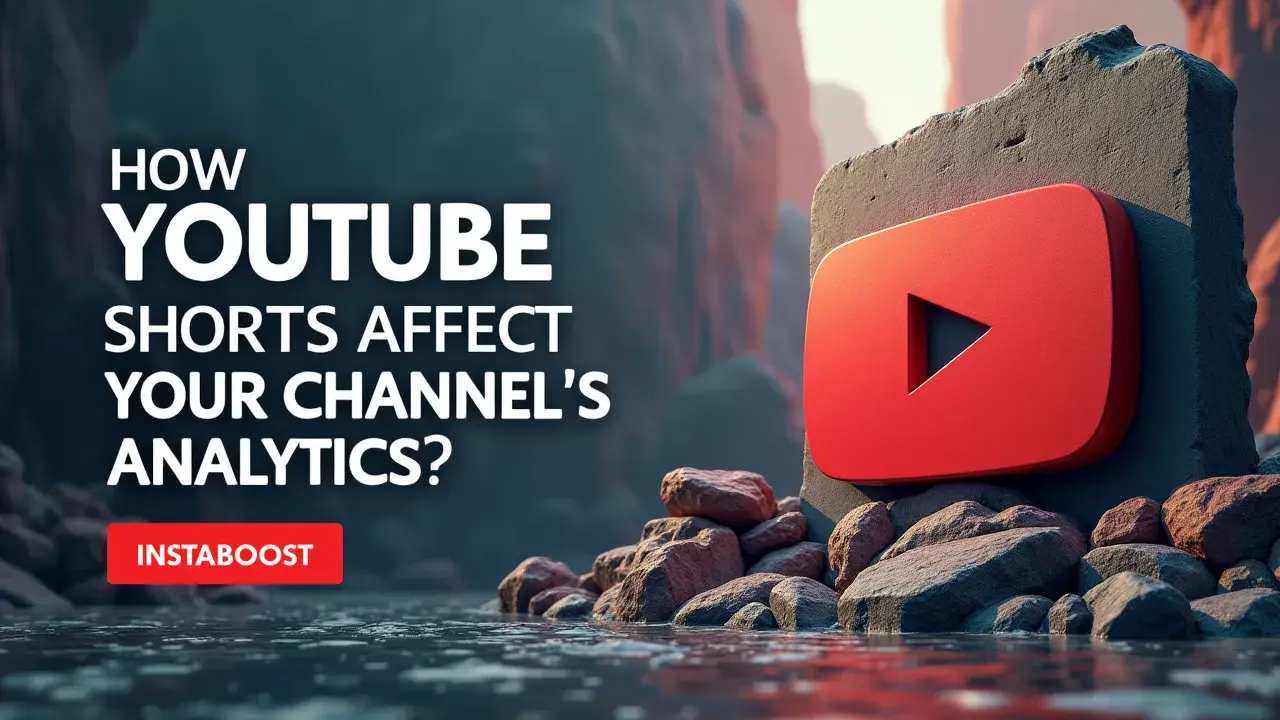How Do YouTube Shorts Affect Your Channel’s Analytics?
YouTube Shorts can shift key metrics by boosting visibility and altering engagement patterns. Short-form videos often accelerate subscriber growth and impressions, while contributing differently to watch time compared to longer content. Expect changes in audience behavior, such as shorter session durations and distinct traffic sources, which may separate Shorts performance from long-form trends. When planned with clear goals and measured against relevant metrics, Shorts complement overall growth and reveal where content resonates most.
Shorts: The Analytics Wildcard on Your YouTube Channel
YouTube Shorts have changed things for creators in ways that aren’t always obvious, even to people who’ve been uploading for years. When you start posting Shorts, they bring their own kind of data into your analytics, and at first it’s hard to tell what to make of it. You’ll probably see your views shoot up in a way that doesn’t match your usual videos, but that bump doesn’t necessarily mean more time spent watching or that people are sticking around to subscribe.
The thing is, Shorts live in their own feed, and a lot of folks scrolling through there never actually visit your main channel. So when you check your dashboard and see all these spikes in views and impressions, it’s worth pausing and thinking about what’s really going on. Are these numbers showing actual interest in your work, or are they mostly noise that looks good but doesn’t help you grow a steady audience?
If you want to get a clear picture, you have to look at details like whether your average view duration is dropping, how many people are subscribing after watching a Short, and whether the traffic you’re getting is actually finding your other videos. There’s a reason more creators are searching for things like “YouTube Shorts algorithm” – everyone’s trying to figure out if Shorts are a real way to build something lasting or if they only give you a quick bounce that fades.
Tools from companies like INSTABOOST can help sort this out, and it’s something that comes up a lot when you’re trying to build your YouTube audience. But it’s pretty clear that Shorts don’t just add numbers to your channel; they shift the patterns you’re used to, and you end up having to rethink what your analytics are actually telling you.
Tools from companies like INSTABOOST can help sort this out, and it’s something that comes up a lot when you’re trying to build your YouTube audience. But it’s pretty clear that Shorts don’t just add numbers to your channel; they shift the patterns you’re used to, and you end up having to rethink what your analytics are actually telling you.

Separating Shorts Performance from Your Real Channel Health
For me, everything started to fall into place when we stopped letting YouTube Shorts trends steer every move. Paying too much attention to the Shorts stats often means you’re chasing after these random spikes, and they don’t really do much for long-term growth. I’ve noticed that Shorts views can swing wildly, and the analytics dashboard tends to highlight those swings even more. Sometimes you’ll see a 15-second video shoot up with a ton of views, but that kind of number doesn’t actually translate into people watching your main videos or sticking around as subscribers.
After a while, you start to see that if people keep coming back to your regular, longer videos, that’s a much better sign of how your channel is doing. From what I’ve seen, YouTube treats Shorts and the usual uploads as two different things anyway – a viral Short doesn’t seem to boost your longer videos in recommendations. And when someone subscribes because of a Short, they’re not always the kind of viewer who’s there for your main stuff, which can make it harder to tell if you’re actually building a community. Shorts are still useful for trying out new ideas or reaching different people, but the extra views don’t always mean real progress.
I think it helps to look at which numbers actually show that your channel is moving forward, and try not to get sidetracked by whatever’s popping up in the Shorts tab. I remember reading somewhere that it’s better to focus on what helps you improve YouTube presence over time, and treating those stats as a space for experiments, instead of a guide for every decision, has made things feel a lot more manageable.
Strategic Integration: Letting Shorts Serve Your Channel’s Goals
Strategy isn’t really about getting caught up in analytics or chasing every number you see. It’s more about knowing what you want and keeping things in perspective. With YouTube Shorts, for example, it helps a lot to decide early on what you want them to do for your channel. Are you hoping Shorts will bring in new viewers, or are they a way to add something extra to your regular uploads? When you’re clear on that, the numbers start to make more sense. If you see your Shorts getting a lot of views but not leading to more subscribers or longer watch time, it doesn’t mean you’re doing anything wrong.
It probably means the Shorts are doing the job you set for them – getting your videos out to more people – while your main videos build deeper engagement over time. I think it really helps to separate these goals and track them on their own, instead of reacting to every spike or dip in your dashboard. Some creators even mention that things like more likes for better reach can help, but again, it always circles back to what you’re actually aiming for.
That way, your decisions can be more steady, and you’re less likely to get pulled off course by every trend. And if you’re working with someone like INSTABOOST, being upfront about what you’re aiming for from the start makes it easier to see the actual progress, rather than getting distracted by the daily ups and downs. Sometimes that clarity is what keeps things moving forward, even when the numbers are all over the place.
When to Ignore the Numbers (and Why That’s OK)
Sometimes, you learn the most about your channel when you feel like you need to step back for a while. After posting a bunch of Shorts, the analytics can turn into a mess of peaks and valleys, and it’s easy to start checking the numbers over and over. That feeling – the urge to stop watching every tiny change – usually means something important. Shorts can bring in bursts of views, but if your main videos aren’t getting the same attention, or your regular viewers aren’t watching, those bigger numbers might not lead to anything real.
At some point it just makes sense not to let every spike – or every dip – push you to change direction. YouTube tends to reward channels that stay focused on what they’re good at, rather than chasing whatever is trending that week. If a Short does well and brings in new people, but your longer videos are the ones that get real feedback and community going, that’s probably the part to give your energy to, since that’s where you often increase watch time naturally anyway.
Sometimes you need some distance from the stats to notice what’s actually resonating. It’s usually the channels that keep showing up with videos people care about – and don’t overreact to every swing in the numbers – that keep growing in the long run. If you find yourself wanting to look away from the dashboard for a bit, there’s probably a reason for that, and it’s okay to listen to it.















